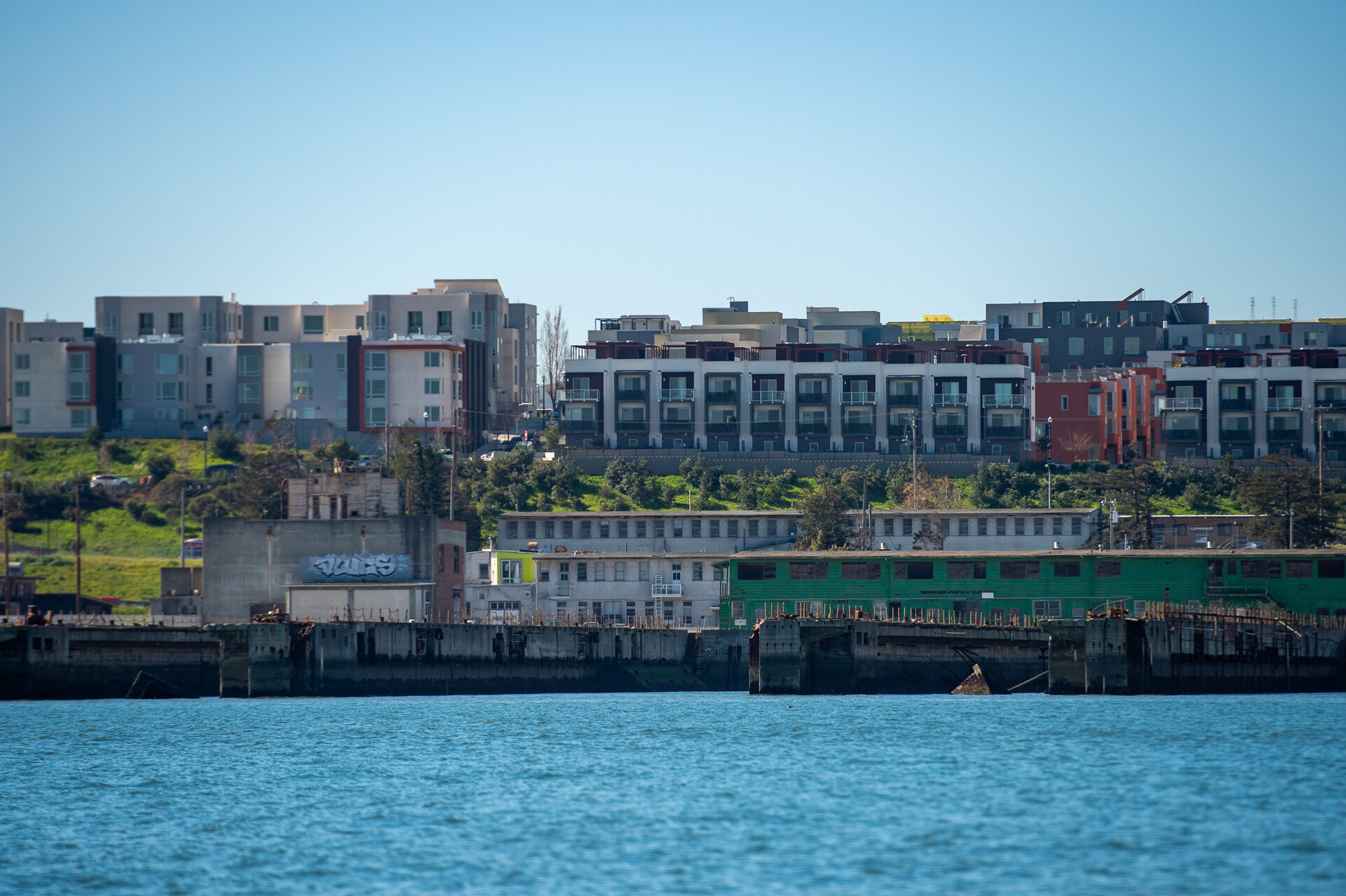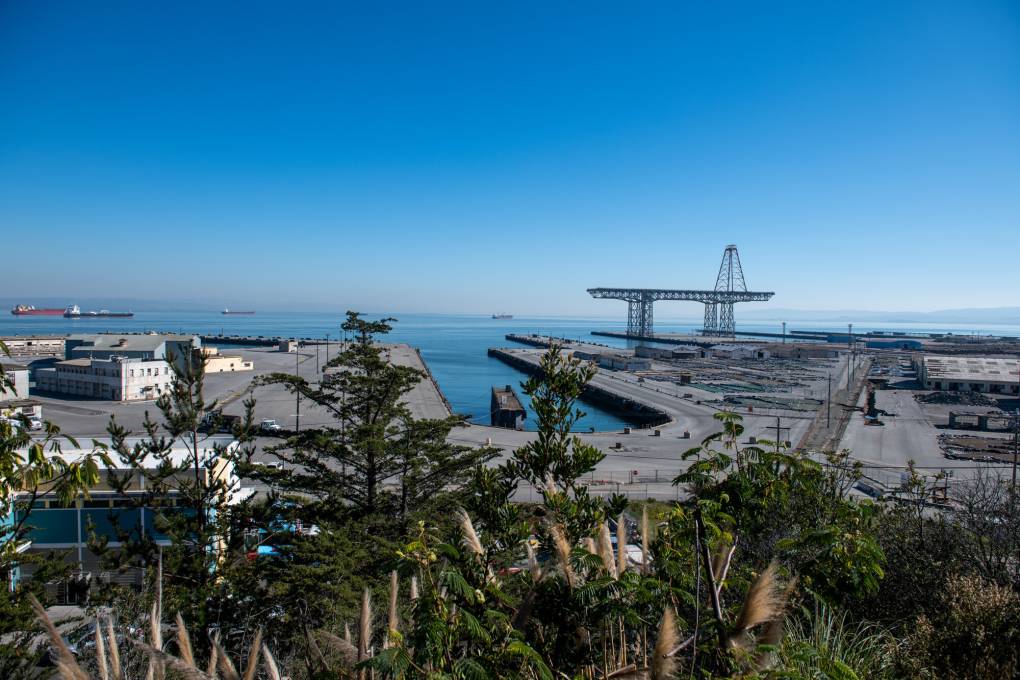By decontaminating ships after atomic bomb tests and other activities, the Navy contaminated shipyard soil and groundwater — as well as surface water and sediment in the San Francisco Bay — with radioactive chemicals, heavy metals and petroleum fuels. The base was declared one of the nation’s most contaminated sites in 1989.
The Navy did not respond to KQED’s request for comment.
U.S. Environmental Protection Agency press officials, meanwhile, wrote in an email that the “one-time detection of plutonium” was analyzed twice by the Navy but was only found in one of the tests.
The Navy provided a summary to the EPA on Oct. 23 of this year. Officials wrote that the agency has requested all data used by the Navy so “our agency can verify the finding ourselves” and “determine what risk there is to the public.”
Thursday’s announcement is just the latest in a decades-long effort to clean up the contaminated site. In 2023, the Navy unearthed two radioactive objects there. Early last year, the Navy, for the first time, acknowledged what Bay Area climate scientists and residents had asked the agency to investigate for years: In just over a decade, potentially toxic groundwater could surface there, partly due to human-caused climate change.
Back in 2022, the San Francisco Civil Grand Jury issued a report alerting the public that groundwater rise — a result of sea levels rising in response to global emissions melting ice caps and expanding oceans — could have significant effects on the site in the coming decades.
 Apartment buildings in the Bayview sit behind the Hunters Point Naval Shipyard in San Francisco on March 8, 2022. (Beth LaBerge/KQED)
Apartment buildings in the Bayview sit behind the Hunters Point Naval Shipyard in San Francisco on March 8, 2022. (Beth LaBerge/KQED)
The new finding raises fresh questions about the city’s plans to build thousands of homes amid an exceedingly complex and ongoing cleanup effort. When finished, the 693-acre Candlestick Point-Hunters Point Shipyard project — which the Superfund site is part of — could have more than 10,000 housing units.
The development would include two new waterfront neighborhoods with housing and retail, along with over 340 acres of parks and open space.
Lifelong Bayview-Hunters Point residents, like Arieann Harrison, said their concerns were affirmed by the Navy’s latest findings of radioactive material. Dr. Ahimsa Porter Sumchai tested Harrison as part of a larger study through her Hunters Point Biomonitoring Foundation to determine whether the Navy exposed Bayview-Hunters Point residents to contamination.

